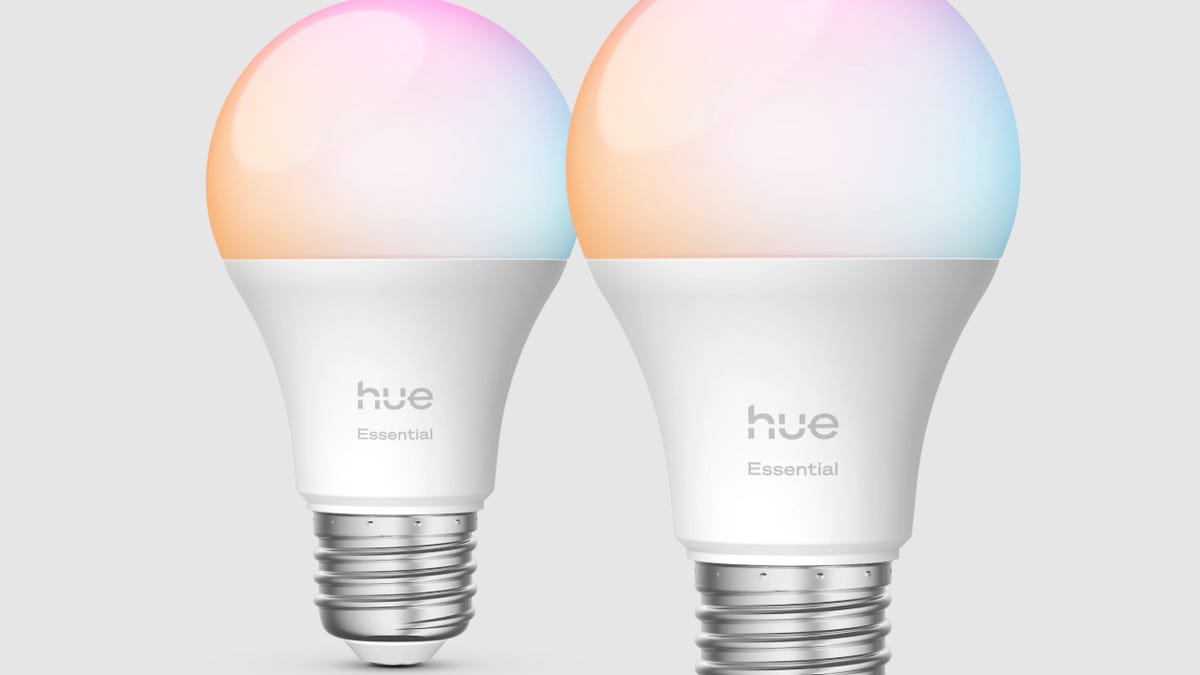Illuminating Innovation: Philips Hue Revolutionizes Smart Home Lighting and Security

Smart home technology continues to evolve, transforming everyday devices into intelligent, multi-functional tools. Light bulbs are no longer just sources of illumination; they've now become sophisticated motion sensors, seamlessly integrating security and convenience into home lighting systems. Meanwhile, doorbell technology has taken a significant leap forward, with the latest upgrades featuring crystal-clear 2K camera resolution that provides homeowners with unprecedented visual clarity and detail.
These innovations represent more than just technological improvements—they're reshaping how we interact with our living spaces. Motion-sensing bulbs can now detect movement, trigger alerts, and enhance home security, while high-resolution doorbell cameras offer a level of visual monitoring that was once reserved for professional security systems. Homeowners can now enjoy smarter, more responsive environments that prioritize both safety and convenience.








